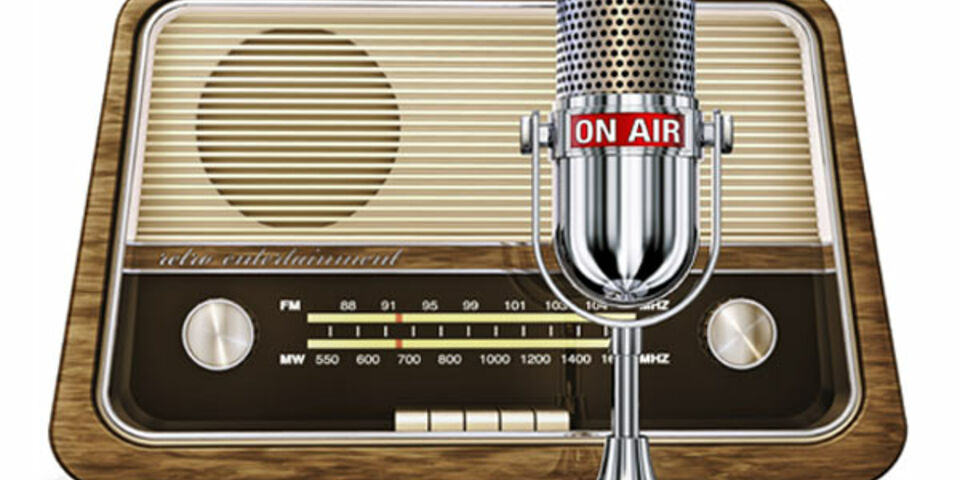TU/e Professor initiates radio station for students and expats
The Eindhoven region will see the birth of a new, English-language radio station for knowledge workers, students and expats. Its initiator is Jean-Paul Linnartz, part-time professor in the Signal Processing Systems group of the TU/e Department of Electrical Engineering. Linnartz has obtained a broadcasting license for the frequency that was until recently used by the national Radio 5 station. In addition to medium wave (AM) the station, which has not got a name yet, will also broadcast via the Internet.
The idea is for broadcasts to be filled largely in an automated manner, as initiator Linnartz explains. Since last year the part-time professor has been involved with an experiment with digital radio in the Belgian-Netherlands border area around Maastricht. In that project the idea of the ‘inverted studio’ is researched. The underlying idea is that broadcasts are no longer made in a studio, but played from the ‘cloud’.
“In my student days I made radio programs for the regional broadcaster in Limburg”, says Linnartz. “At that time everything took place in the studio, but thanks to the new Internet technology that is not necessary anymore.” People involved with the new station– in Linnartz’s plans these will be mostly volunteers – can upload their contributions from random locations. “Providing such a contribution should not really be any more complicated than posting a message on Facebook.”
The first hurdle to be cleared is finding a suitable location for the required transmitting antenna, says Linnartz. This concerns a relatively long construction, he explains. “Ideally that would be a vertically placed wire of some one hundred meters – a quarter of the wave length of the signal for the relevant frequency. Although there are tricks to limit that length, an antenna of just a few meters will not do.”
On the other hand, the power required for broadcasting capacity is modest. Some fifty watt (the power of an old-fashioned incandescent lamp) is enough to cover the entire Eindhoven region. “The power that you need for a radio station scales with the fourth power of the distance”, the expert explains. “AM stations that have a national range therefore consume a huge amount of power; that is why nearly all the national AM stations have meanwhile been switched off. For that reason, last May the 747 frequency band – which NPO Radio 5 used for its broadcasts – was divided up into small, regional portions. We succeeded in obtaining the license for our region. And we can operate it with a ten thousandth of the power used by Radio 5.”
The professor is consulting with the Department of Electrical Engineering to see whether the technology of the new station could be the subject of educational projects. For the future they are planning the programs not to be broadcast only by means of analog technology and via the Internet, but for the signal to be distributed also digitally via the medium wave. “For that we also have permission, in principle. Then we are talking about sound of CD quality; this is being rolled out in India in particular at the moment. Still, we expect that most people will be listening to us via the Internet.”
For the contents of the programing Linnartz is seeking cooperation with the student and expat communities in and around Eindhoven. The regional news platform E52, which aims at a comparable target group, is in any case going to work together with the new radio station. As the station will be run mainly by volunteers and will for the greater part proceed automatically, he expects that the operating costs will remain rather low. “I hope that we will get some sponsoring from the target group; as far as I’m concerned we will not be broadcasting any commercials if it is not necessary.”
The planning is for the radio station to go on the air as early as this autumn.


Discussion